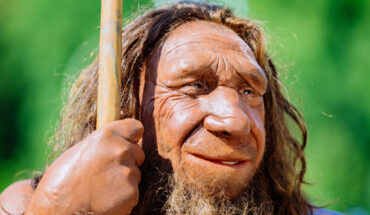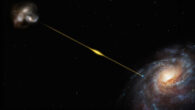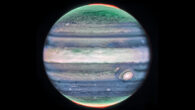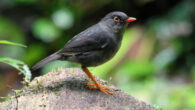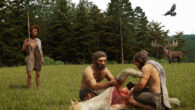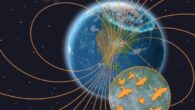Approximately 6% of the Altai Neanderthal genome was inherited from an ancient lineage of anatomically modern Homo sapiens that migrated from Africa to Eurasia over 250,000 years ago, according to new research led by the University of Pennsylvania. Comparisons of Neanderthal genomes to anatomically modern human (AMH) genomes show a history of Neanderthal-to-AMH introgression stemming from interbreeding after the migration of AMHs from Africa to Eurasia....

